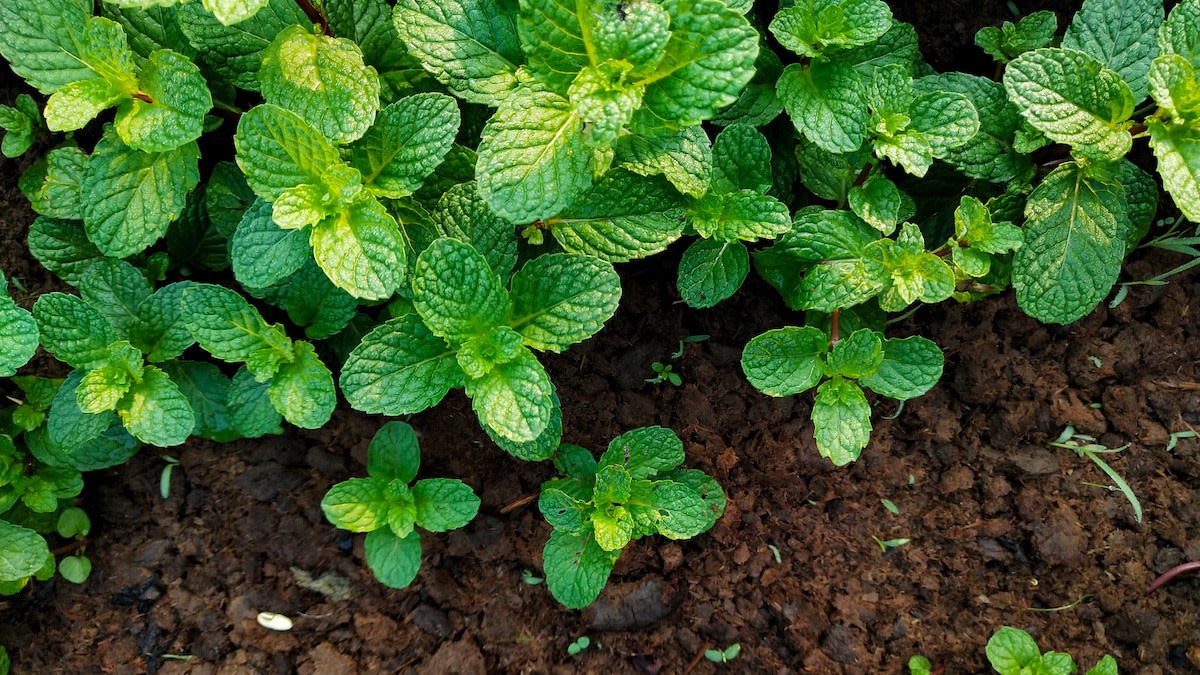Mint Companion Planting: What to Plant With Mint
Written by MasterClass
Last updated: Jun 7, 2021 • 2 min read
Done right, companion planting creates a harmonious, self-sufficient garden. Mint, from spearmint to peppermint, is a notorious spreader, with horizontal roots that will ruthlessly conquer the root systems of nearby plants if given the chance. It’s best to plant mint in its own pot, or plant it near good companion plants that can handle a bit of sprawl in the garden bed while benefiting from mint’s pest-repelling powers.
Learn From the Best
The Pros of Companion Planting
In a vegetable garden, companion planting is all about attracting beneficial insects (the natural predators of those not-so-beneficial garden pests, like aphids, spider mites, and caterpillars), encouraging growth, and optimizing overall output—as seen in the classic “Three Sisters” planting technique for corn, gourds, and beans, in which each crop directly benefits and aids the success of the next.
It’s a balancing act between providing the right setting for insects like beetles and ladybugs, and making the most out of a growing season. Chives, for instance, repel cucumber beetles; borage paves the way for ideal zucchini squash pollination. Bush beans and pole beans manage the nitrogen content of soil.
Companion Plants to Grow With Mint
Fruity, sharp, aromatic mint needs very little to get going: it’s happy in full sun (and in relatively shady spots, too) and it’s incredibly useful as a culinary seasoning. Mint plants are an essential part of any herb garden; they’re hardy and easy to grow, and fulfill myriad uses in a home kitchen, from making Mojitos and Mint Juleps to mint leaves for tea.
- Oregano and marigolds. In combination with mint, pungent, spicy oregano and marigold spread an aromatic forcefield across any vegetable garden, attracting pollinators and deterring pests.
- Carrots. Mint is a good repellent of the carrot fly, which lays its eggs around the root end of a developing carrot; once hatched, the larvae burrow into the vegetable. Carrot flies also attack parsnips, parsley, and celery.
- Cabbage, cauliflower, and kale. The sharp scent of mint, even when used as a mulch, deters both the white cabbage moth and flea beetles from chewing through the leaves of any brassicas.
- Tomatoes and eggplants. Mint effectively repels aphids and spider mites, two of the nightshade family’s greatest nemeses.
- Peas and beans. Planting mint around vegetables that are particularly appealing to larger critters like mice can help save the crop from incessant rodent snacking.
Learn More
Grow your own food with Ron Finley, the self-described "Gangster Gardener." Get the MasterClass Annual Membership and learn how to cultivate fresh herbs and vegetables, keep your house plants alive, and use compost to make your community - and the world - a better place.
